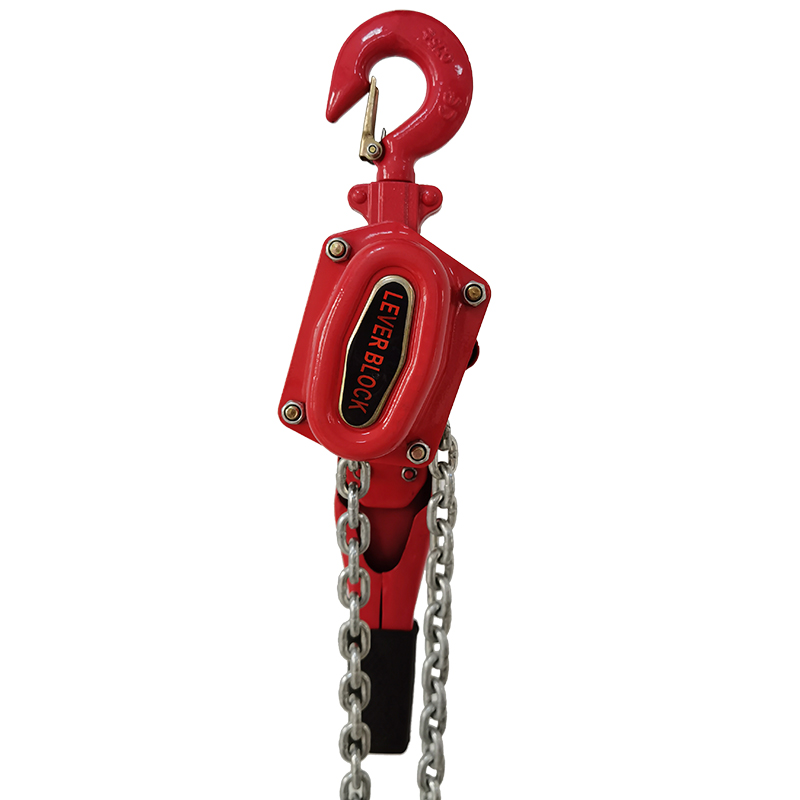


Fall Protection Suppliers Ensuring Safety in the Workplace
In industries where workers are required to operate at heights—such as construction, maintenance, and warehousing—fall protection systems are essential for ensuring safety. According to the Occupational Safety and Health Administration (OSHA), falls are among the leading causes of workplace injuries and fatalities. To combat this serious risk, businesses must implement effective fall protection measures and collaborate with reputable fall protection suppliers. This article delves into the importance of fall protection, key considerations when selecting suppliers, and the variety of products available in the market.
The Importance of Fall Protection
The necessity for fall protection cannot be overstated. With the potential for severe injuries and fatalities from falls, employers are legally obligated to provide a safe working environment. A comprehensive fall protection plan not only protects employees but also helps businesses avoid costly fines and legal battles associated with workplace accidents. Additionally, a strong safety track record enhances a company’s reputation and can lead to increased productivity, as employees feel safer and more secure.
Effective fall protection strategies often include the use of personal safety equipment, guardrails, safety nets, and training programs. However, these elements are only as effective as the quality of the products and the expertise of the suppliers involved. Thus, partnering with a reliable fall protection supplier is critical.
Selecting the Right Fall Protection Suppliers
When choosing fall protection suppliers, businesses should consider several key factors
1. Industry Experience Suppliers with a proven track record and extensive experience in fall protection are more likely to understand the specific needs and challenges of various industries. They can offer tailored solutions that meet regulatory requirements and industry standards.
2. Product Range A diverse range of products is essential to cater to different work environments and tasks. Suppliers should offer a variety of fall protection equipment, including harnesses, lanyards, anchor points, safety nets, and guardrails. The availability of custom solutions can also be a significant advantage.
3. Quality and Compliance Fall protection equipment must comply with the latest safety regulations and standards set by authorities like OSHA and ANSI (American National Standards Institute). Suppliers should provide documentation and certifications to prove that their products meet these requirements.
4. Training and Support A reputable fall protection supplier will not only sell equipment but also provide thorough training and support. This includes educating workers on the proper use and maintenance of fall protection equipment, as well as the development of a safety culture within the organization.

5. Customer Reviews and References Checking customer reviews and asking for references can provide insights into the reliability and performance of the supplier's products and services. A strong reputation in the industry is often indicative of quality.
Types of Fall Protection Equipment
To effectively mitigate fall risks, suppliers offer a wide array of fall protection products, including
- Personal Fall Arrest Systems (PFAS) These systems typically consist of a full-body harness, lanyard, and an anchorage point. They are designed to safely catch a falling worker and prevent serious injury.
- Guardrails and Safety Nets Used to prevent falls from elevated surfaces, guardrails are a common solution on roofs and scaffolding. Safety nets are often employed in construction sites where workers are exposed to a higher risk of falling.
- Vertical and Horizontal Lifelines These systems provide a secure connection point for workers operating at heights, allowing them to move freely while remaining protected from falls.
- Roof Anchors and Tie-Offs Roof anchors are fixed points where lanyards can be hooked to secure a worker to a stable structure, while tie-off points provide flexible options for securing fall protection equipment.
- Training Programs Many suppliers offer specialized training programs that equip workers with the necessary knowledge and skills to work safely at heights, understand the equipment, and comply with safety regulations.
Conclusion
The role of fall protection suppliers is critical in fostering safe working environments for employees in height-related jobs. By selecting experienced and reputable suppliers, businesses can ensure that they are equipped with high-quality products that meet safety standards. In turn, this commitment to safety not only protects workers but also enhances the overall efficiency and reputation of the organization. Investing in fall protection is not just a regulatory requirement; it is a moral obligation that reflects a company’s dedication to the well-being of its workforce.



